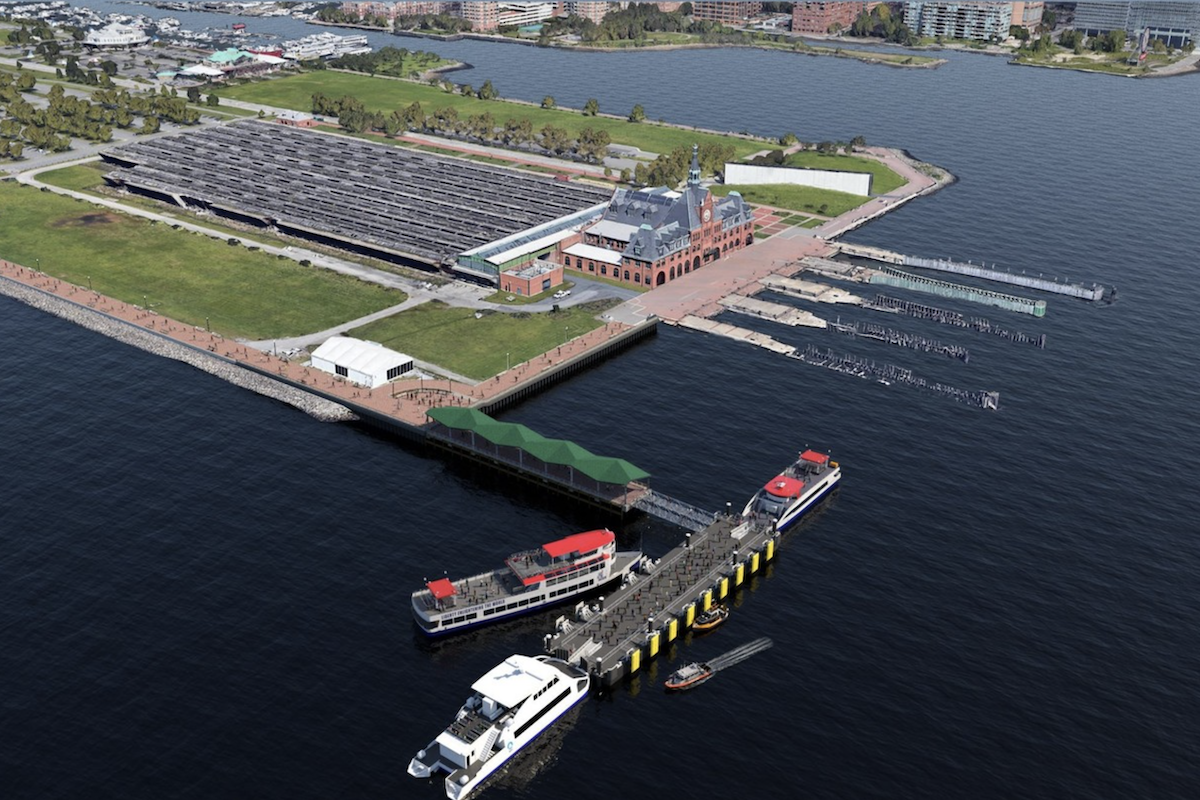“This project is unique in that it’s all one project, but we have three different sites we’re working on concurrently,” explained Scott Tipton, Project Manager for the Kentucky Transportation Cabinet (KYTC).
In each work area, the construction team deals with limited access amid heavy traffic. Careful planning in all phases has kept the two-year project on track and – if the weather cooperates – on schedule for completion in fall 2023.
The project’s eight existing bridges date back to the original I-64 construction in 1959 and had reached the end of their lifespan. Those structures supported two lanes of traffic. To reduce congestion caused by current traffic volumes, the replacement structures support three lanes in each direction. The excavation required for the wider structures compounded site access issues.
In total, the bridge replacement project stretches across five miles of I-64 between mile markers 47 and 52. The first structure crosses KY 151/Graefenburg Road. About three miles away, the overpasses at South Benson Creek and KY 1665/Evergreen Road – just seven-tenths of a mile apart – are treated as one site. The final bridge over KY 2817/Cardwell Lane lies less than two miles away from Evergreen Road. Although crews work at each site concurrently, the phasing of each structure differs, adding to the logistical challenges.

| Your local Trimble Construction Division dealer |
|---|
| SITECH Allegheny |
| SITECH Northeast |
“This project had two different designers,” Tipton said. “That was a challenge because each designer had a unique design style and notes. We standardized and clarified some of the project notes that may be listed for one designer but not the other.”
With funding from federal and state sources, KYTC awarded Kay & Kay the $30 million, low-bid contract in August 2021. Construction started in October 2021.
To mitigate problems caused by site conditions and heavy traffic, “The contractor built gates and temporary pull-offs for access control,” Tipton said. “Changes were also made to some of the traffic control phasing to gain better, safer access control of the sites.”
In addition, Kay & Kay minimized equipment movement in their logistical planning.
“We put more equipment onsite than is actually needed for each day’s operations,” explained Mike Merida, Kay & Kay’s Project Manager. “The project has to be run like three separate projects, requiring more equipment than manpower at times. Crews need the ability to move from one location to another without having to move the equipment to each location.”
To demolish the original concrete structures, Kay & Kay used hoe rams and mechanical shears. Track cranes lift materials, including beams for the new structures. In the final phase, each site also needs paving equipment.
Intermittent nighttime lane closures accommodate some of the work, but crews must maintain two lanes of traffic from 7 a.m. to 7 p.m.
“A rolling roadblock has been effective for smaller equipment movement and material mobilizations during daytime hours,” Tipton said.
At the bridge over South Benson Creek, Kay & Kay built low-water crossings with pipes and rock to increase site access.
During construction, “Benson Creek flooded multiple times due to heavier-than-normal rainfall in the winter and spring,” Tipton said. “When the flooding occurred, the crossings were repaired then construction continued.”
“The temporary storage allowed for early materials delivery based on availability instead of just-in-time delivery,” Merida explained.
Another challenge cropped up during excavation, with soft soil in some areas requiring extra attention.
“Those areas were proof rolled to check stability,” Tipton said. “If not passed, that section was undercut and replaced with a granular embankment.”
To help offset any delays caused by the extra undercutting process, Kay & Kay prebuilt forms and rebar cages for the replacement structures at their fabrication plant in London, Kentucky.
“That allowed them to work faster in the field and construct their substructures more quickly,” Tipton said.
Amid the heavy traffic, “Treating each work site as its own work area has been instrumental in the safety of the crews and motorists,” Tipton said. “Signage was added and customized to each work site.”
However, with the separate sites in differing stages of construction, lane switches and variable traffic patterns throughout the project corridor complicate travel.
“Motorist speed and attention can be challenging since drivers traverse through several construction zones within close proximity to each other,” Tipton said. “Once you get through one site, you’re coming up on another one.”
KYTC asked the Kentucky State Police to monitor speed throughout the area. In addition, sensors in a queue warning system detect slow-moving or stopped traffic. The system then communicates with variable message boards to relay the road conditions to the traveling public. Message boards were placed up to eight miles in advance of the work site to provide ample notice.
Despite all the traffic and logistical challenges, bridge construction is on track to finish in fall 2023. Completion of the final asphalt surface and other weather-sensitive items may require additional time, Merida said.
- 95,000 cubic yards of excavation
- 100,000 tons of asphalt
- 5,900 cubic yards of structural concrete
- Almost 1.4 million pounds of rebar
Photos courtesy of Nicolas Volosky, KYTC





































































